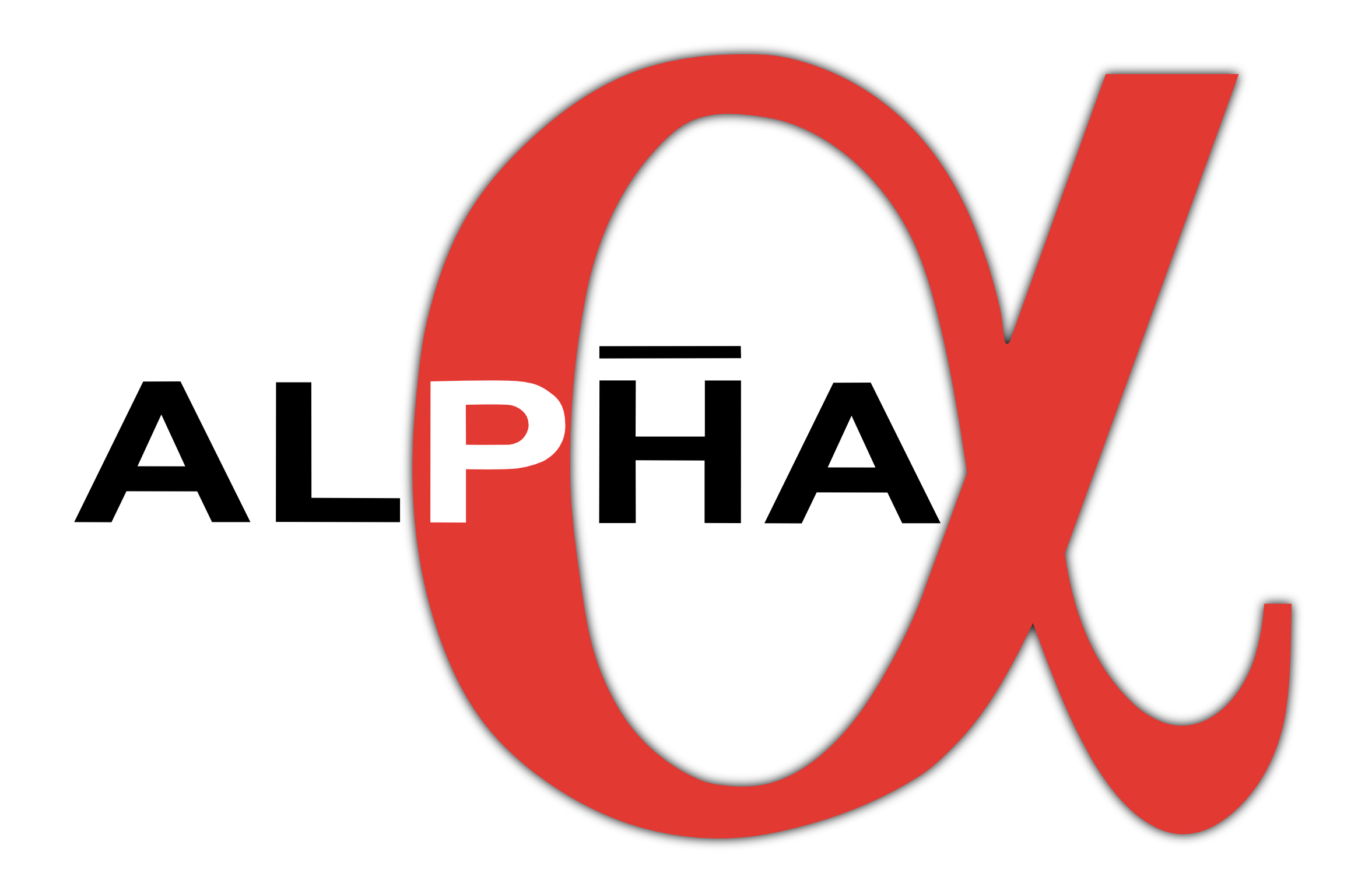Recently, antihydrogen atoms were trapped at CERN in a magnetic minimum (minimum-B) trap formed by superconducting octupole and mirror magnet coils. The trapped antiatoms were detected by rapidly turning off these magnets, thereby eliminating the magnetic minimum and releasing any antiatoms contained in the trap. Once released, these antiatoms quickly hit the trap wall, whereupon the positrons and antiprotons in the antiatoms annihilate. The antiproton annihilations produce easily detected signals; we used these signals to prove that we trapped antihydrogen. However, our technique could be confounded by mirror-trapped antiprotons, which would produce seemingly identical annihilation signals upon hitting the trap wall. In this paper, we discuss possible sources of mirror-trapped antiprotons and show that antihydrogen and antiprotons can be readily distinguished, often with the aid of applied electric fields, by analyzing the annihilation locations and times. We further discuss the general properties of antiproton and antihydrogen trajectories in this magnetic geometry, and reconstruct the antihydrogen energy distribution from the measured annihilation time history.
C. Amole, G. B. Andresen, M. D. Ashkezari, M. Baquero-Ruiz, W. Bertsche, E. Butler, C. L. Cesar, S. Chapman, M. Charlton, A. Deller, S. Eriksson, J. Fajans, T. Friesen, M. C. Fujiwara, D. R. Gill, A. Gutierrez, J. S. Hangst, W. N. Hardy, M. E. Hayden, A. J. Humphries, R. Hydomako, L. Kurchaninov, S. Jonsell, N. Madsen, S. Menary, P. Nolan, K. Olchanski, A. Olin, A. Povilus, P. Pusa, F. Robicheaux, E. Sarid, D. M. Silveira, C. So, J. W. Storey, R. I. Thompson, D. P. van der Werf & J. S. Wurtele
